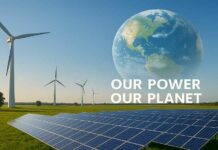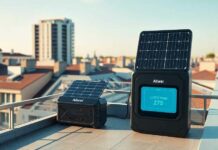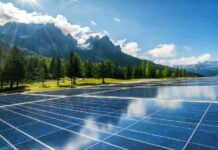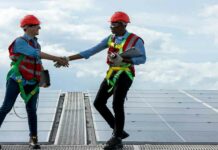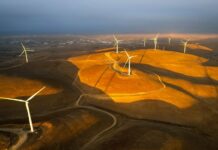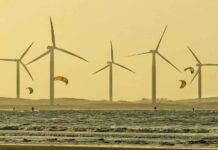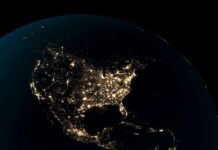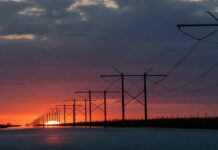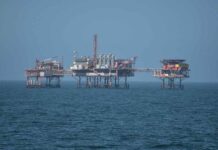The Australian Government is looking to raise its national electricity grid’s renewable as well as clean dispatchable energy capacity by 32GW by 2030.
The federal government and the state, as well as territorial governments, seek to obtain energy by broadening the Capacity Investment Scheme- CIS as well as the National Energy Transformation Partnership.
The CIS, which happens to be a national framework looking to boost investment within the renewable energy, will go on to support the funding of 9GW of dispatchable projects along with 23GW of variable capacity throughout the country.
By 2030, the overall capacity will be raised to 32GW, which happens to be equivalent to half of the present capacity of the country’s national electricity segment. This expansion will go on to benefit 11 million customers.
The government’s look to upgrade the reliability as well as the affordability of energy markets by way of broadening of renewable capacity, especially as coal-fired power stations move forward to the end of their functional lifespan.
The government can make sure of an investor confidence and make affordable as well as clean energy accessible to households along with businesses by supporting the creation of new renewable generation and storage.
Apart from this, the government is planning to get into negotiations for bilateral agreements concerning renewable energy transformation with states and territories.
The states as well as territories will be responsible for delivering the renewable projects, while at the same time making sure to meet the agreed reliability standards, manage the shift in an orderly and efficient manner, and also invest in strategic electricity reserves.
It is expected that almost half of the 32GW capacity will be subject to these agreements. The government has also issued a warning that it may transfer capacities from jurisdictions that do not reach agreements to those that do.
The Australian government shall also take into account obstacles to renewable investments, like supply chain constraints and labor limitations.
It is well to be noted that in July 2023, the federal government announced of a Pacific offshore wind development zone in the Hunter region of New South Wales, which happens to have the capacity to generate 5GW of power.



